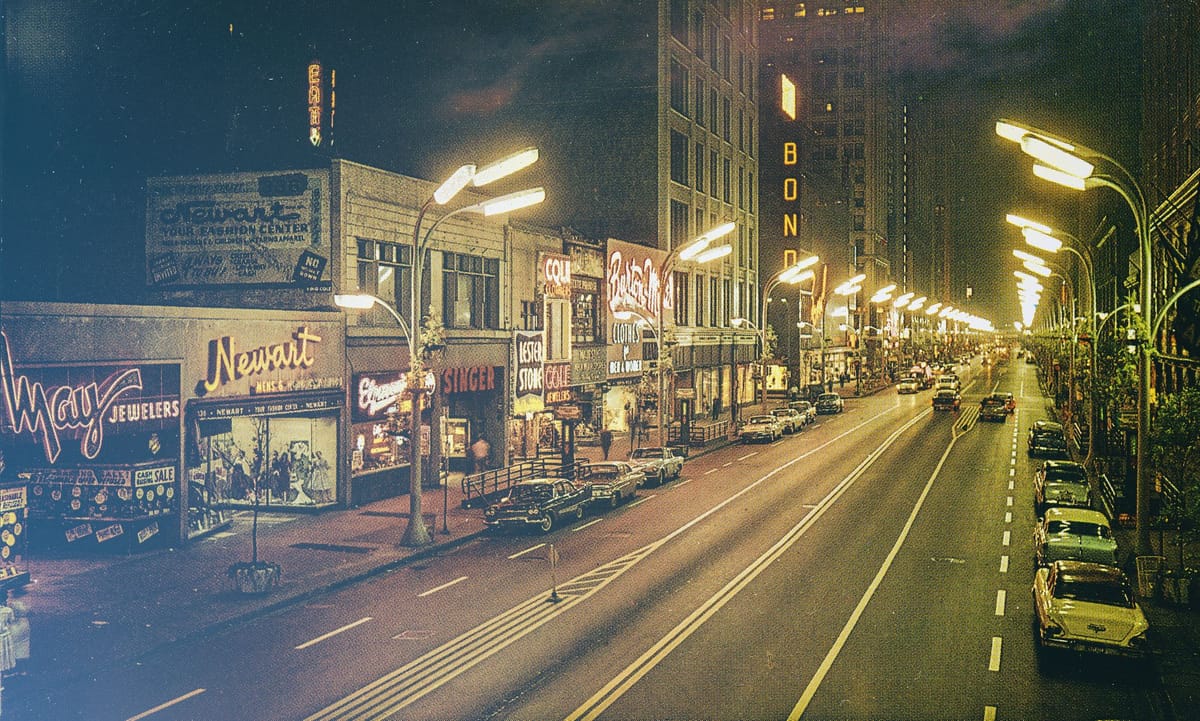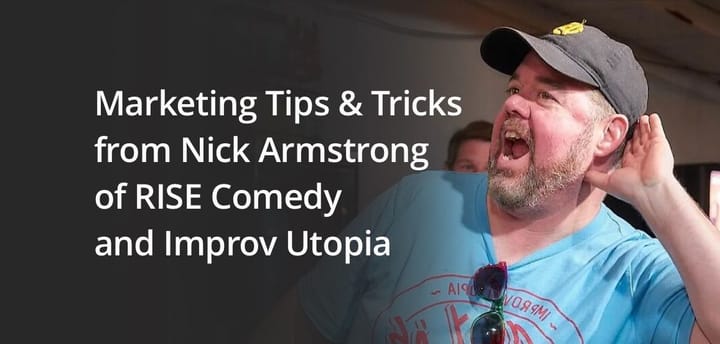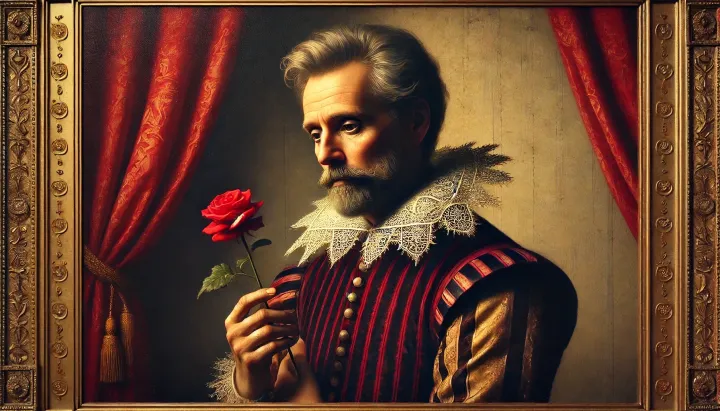The Compass Players: How a 1950s Improv Troupe Changed American Comedy
The Compass Players, the first improvisational theater in the United States, changed the way people think about improv and has a lasting legacy in the world of comedy.

We've written previously about the not-very-long history of improv comedy, but today we're going deep on one specific group you may not have heard of: The Compass Players.
The year was 1955. America was nearly a decade into the Cold War, and Americans were steeped in paranoia and thrills. While Joseph McCarthy headlined his congressional red scare, the culture continued forward at a breakneck pace. The polio vaccine is released, the first McDonald’s opens, and “Rock Around the Clock” whips U.S. teens into a frenzy and becomes the first rock and roll single to reach #1 on charts.
The most popular shows in America are “The $64,000 Question” and “I Love Lucy,” Disney’s “The Lady and the Tramp” wins the box office, and readers across the world are seduced and shocked by Vladimir Nabokov’s “Lolita.” With all of that and more in the background, a somewhat bohemian group of performers were concocting what would soon become The Compass Players.
Paul Sills and David Shepherd had been running together in Chicago theater circles for a few years already, having previously founded the Playwrights Theatre Club alongside Eugene Troobnick. While the theater mostly presented classic plays, company members rehearsed and trained using improvisational exercises developed by Sills’ mom, Viola Spolin.

The Playwrights Theatre Club evolved into the Compass Players—a group focused on improvisational theater. Sills was familiar with improv from studying his own mother, and Shepherd, a Vanderbilt heir raised in the old money circles of New York City, was passionate about making theater accessible to the common man.
The Compass Players officially kicked off on July 8, 1955 near the University of Chicago campus. Zealously collaborative, the group emphasized the radical power of “yes, and…” and supportive teamplay.
Their creative endeavors began with long-form improv, but quickly expanded into short-form games and audience suggestions. This format, in many ways the bedrock of contemporary improv, was groundbreaking at the time. As comedic revolutionaries, the troupe was constantly experimenting with styles, methods, and techniques. With a blend of scripted scenes and improv sketches, the players satirized the popular culture, developed characters and settings, and blurred the lines between theater and comedy.
The performances were quickly a hit in Chicago’s art scene. Many of the groups members began workshopping what would eventually become their signature styles. Iconic comedic duo Mike Nichols and Elaine May often partnered for scenes during their time with the Compass Players. When they left Chicago for New York later that decade, they turned many of the scenes they’d developed onstage in Chicago into their hugely successful two-person Broadway show, An Evening with Mike Nichols and Elaine May. (Nichols went on to direct hits like The Graduate (1967) and is one of only 19 people to have achieved EGOT status—securing an Emmy, a Grammy, an Oscar, and a Tony. May wrote the screenplay for the Nichols-directed hit, The Birdcage (1996), and has herself achieved a Grammy, a Tony, and BAFTA. Both are recipients of the National Medal of the Arts.)
While expanding their style, the Compass Players expanded their scope—opening a second troupe in St. Louis, MO. It was here that Del Close began developing his philosophies of comedy, later solidifying them as his 11 Commandments for Improv—now required reading for all comedy hopefuls. Close also went on to create the Harold, a long-form improv technique now standard practice for troupes across the globe. Del Close became a pillar of the improv world, and a mentor to names like John Belushi and Bill Murray.
Other names you might know who got their start with the Compass Players include Shelley Berman, Edward Asner, and Alan Alda.
While the Compass Players enjoyed success, with audiences crowding in 5 nights a week, it was short-lived. Creative differences and other opportunities split the players apart by 1959, with Shepherd and Sills heading in different directions.
Shepherd headed back to NYC, establishing several different performance groups and spaces. In 1972, he and Howard Jerome Gomberg developed the Improvisation Olympics, which would later become what we now know as i.O., founded by Charna Halpern and Del Close. Shepherd continued evolving his comedy doctrine, including what he called “Life-Play,” a series of improvised games one can play over the phone. Shepherd passed away in 2018 at the age of 94.
Sills stayed in Chicago and, alongside Bernie Sahlins and Howard Alk, co-founded The Second City—one of the most famous improv comedy enterprises in the world. The Second City has more notable alumni than we could name here, but a few you’ve definitely heard of include: Joan Rivers, John Belushi, Bill Murray, and Gilda Radner.
In the mid-1970s, the Second City became a veritable training ground for the nascent Saturday Night Live but SNL clearly has the Compass Players to credit in its formation as well. Without the pioneering work that went into founding and popularizing improv comedy that the Compass Players established, the entertainment landscape as we know it might look entirely different.
The Compass Players wasn’t just a place for performers to hone their craft. Rather, it was an institution and a canvas—empowering radically creative thinkers to take seriously the art of comedy. The group casually formalized improv techniques, and gave validity to the importance of experimental practice and play. By forming and performing as a troupe, the Compass Players gave shape to contemporary improv.






